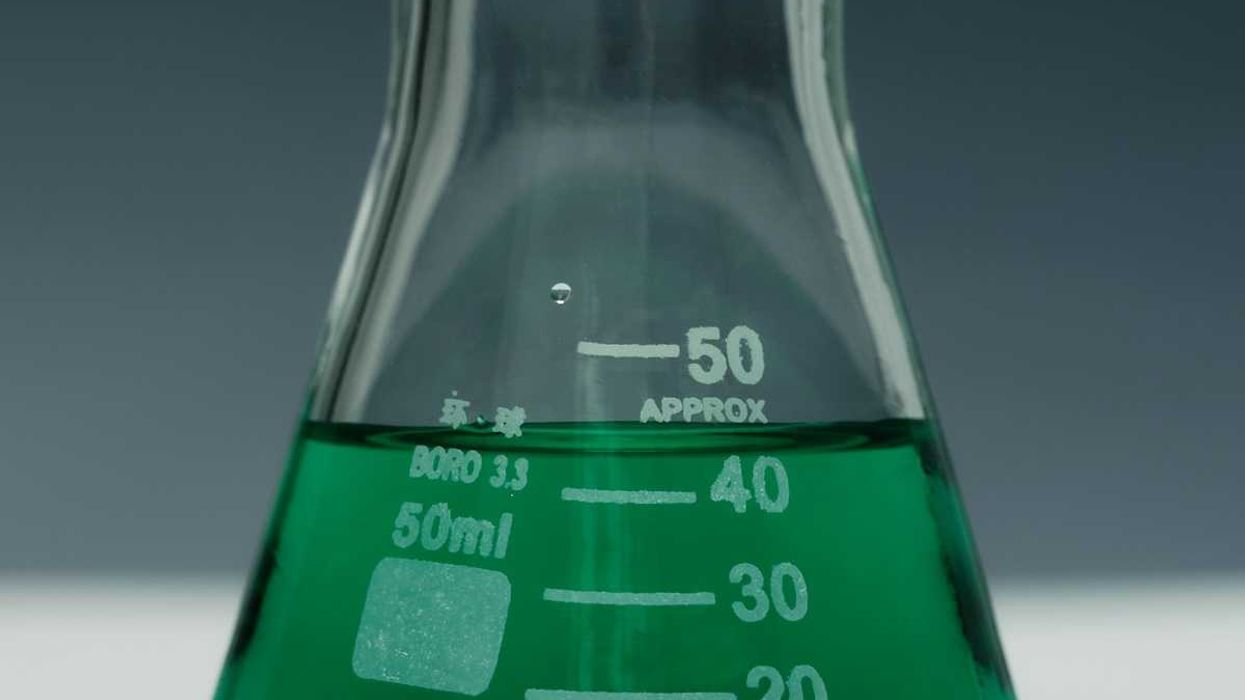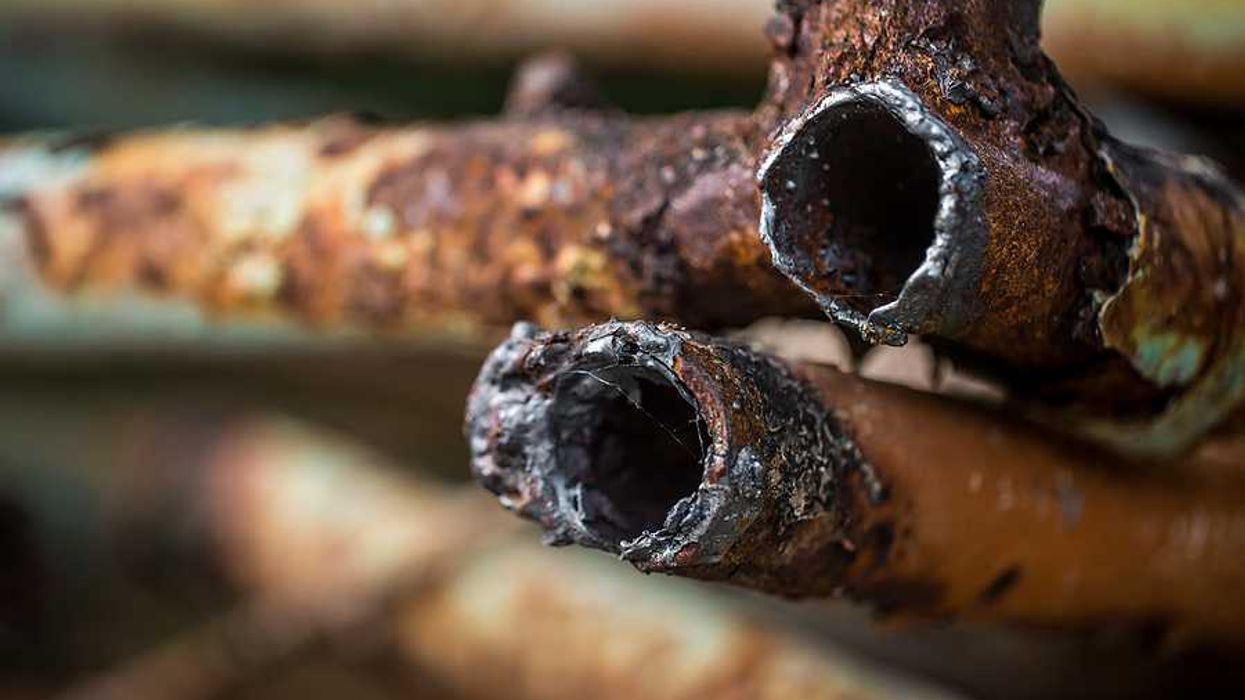Toxic PFAS chemicals, known for their persistence in the environment, are being widely used in U.S. pesticides despite denials from the U.S. Environmental Protection Agency, according to new research.
Tom Perkins reports for The Guardian.
In short:
- The study reveals that around 14% of pesticide ingredients in the U.S. are PFAS, a figure that has risen to 30% in the last decade.
- Documents suggest the EPA has hidden findings showing PFAS presence in pesticides, contradicting its public stance.
- PFAS are added to pesticides for better absorption and dispersion, posing direct health risks through food and water contamination.
Key quote:
“We should be eliminating PFAS from all products, but particularly pesticides because you’re spraying them on crops, and there’s not a more direct way to expose the population than that.”
— Kyla Bennett, a former EPA official now with the Public Employees for Environmental Responsibility
Why this matters:
PFAS chemicals are linked to serious health issues, including cancer and liver disease. Their increasing use in pesticides raises significant public health concerns, especially given their persistence in the environment and potential to contaminate food and water supplies.














